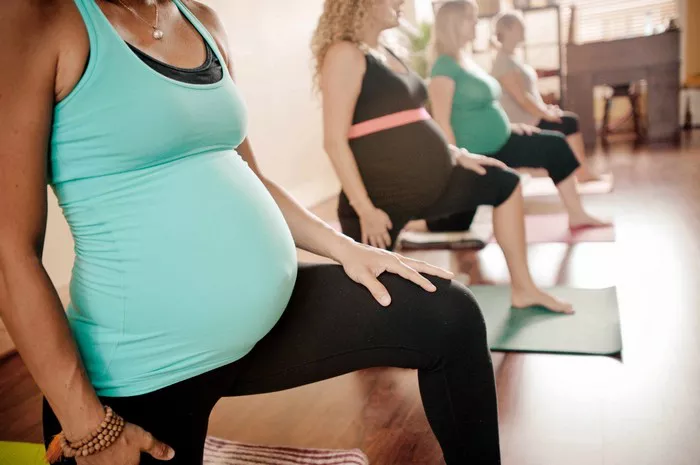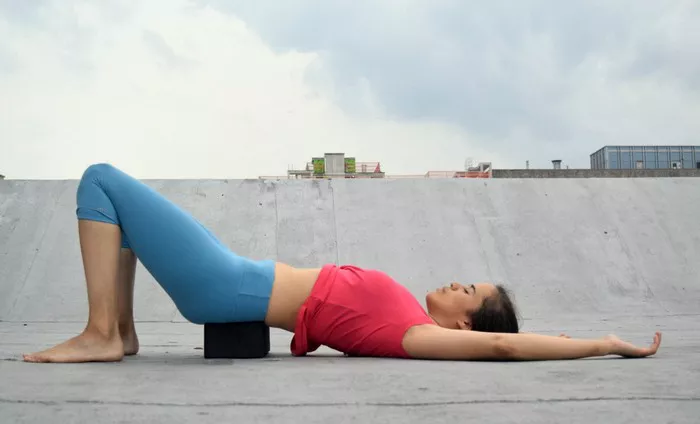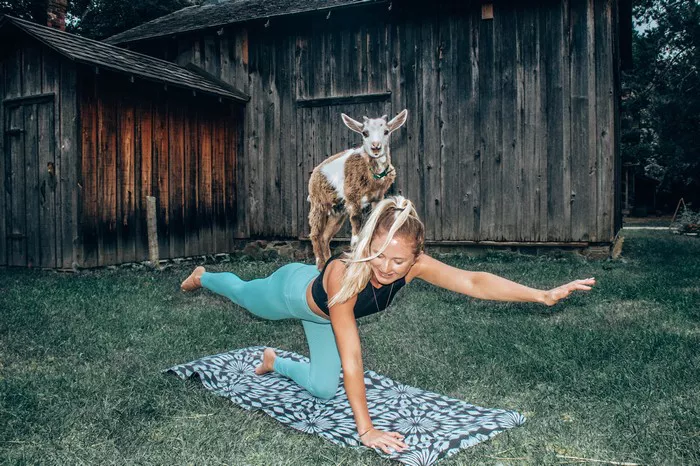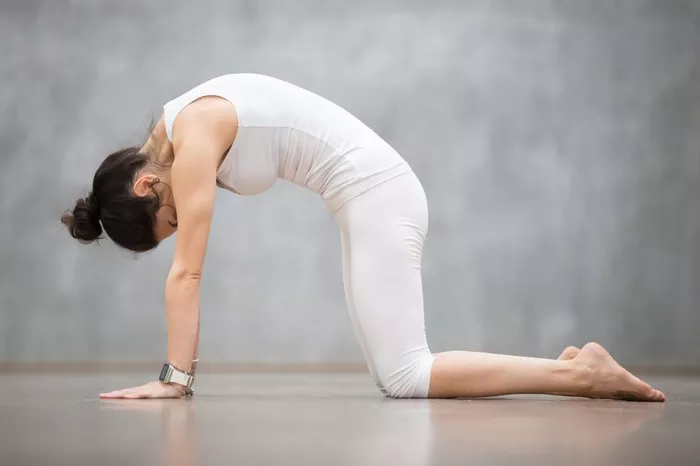Yoga has long been regarded as a gentle and effective practice for maintaining physical and mental well-being, and it is particularly beneficial during pregnancy when the body and mind undergo significant changes. For expectant mothers, yoga can be a powerful tool to reduce stress, ease discomfort, and strengthen the body in preparation for childbirth. However, given the physiological changes and the sensitivity of pregnancy, especially in the first trimester, it’s important to approach yoga practice thoughtfully.
One common question that often arises is whether the Butterfly Pose, or Baddha Konasana, is safe to perform in the first trimester of pregnancy. This article delves into the benefits, potential precautions, and recommended practices for doing Butterfly Pose during early pregnancy, providing a detailed look at how to safely incorporate it into your prenatal yoga routine.
Understanding Butterfly Pose (Baddha Konasana)
The Butterfly Pose, or Baddha Konasana in Sanskrit, is a seated hip-opening posture that focuses on stretching the inner thighs, hips, and groin. Here’s a quick breakdown of the posture:
Starting Position: Sit on the floor with your legs extended in front of you.
Feet Positioning: Bend your knees and bring the soles of your feet together, allowing your knees to drop out to the sides.
Hand Placement: Hold onto your feet with your hands.
Back Alignment: Sit upright with a straight spine, lifting through the chest.
Gentle Movement: If comfortable, you can gently flap your knees up and down like the wings of a butterfly to increase the hip-opening effect.
This pose is known for its soothing properties, especially in targeting hip flexibility and improving circulation. It’s a commonly recommended posture in prenatal yoga because it’s relatively gentle and can be easily modified to suit individual comfort.
Benefits of Butterfly Pose in the First Trimester
During the first trimester, many women experience various changes as their bodies begin adapting to pregnancy. The Butterfly Pose can offer numerous benefits, provided it’s done safely and with awareness.
1. Promotes Hip Flexibility and Openness
As pregnancy progresses, the hips and pelvis prepare to accommodate a growing baby, leading to increased pressure and tightness in the hip region. Butterfly Pose gently stretches the inner thighs and groin, improving flexibility and encouraging openness in the pelvic area, which can later help during childbirth.
2. Enhances Blood Circulation
During pregnancy, blood volume increases, and circulation to the uterus and other organs becomes even more crucial. Butterfly Pose encourages healthy blood flow to the pelvis and lower extremities, reducing the risk of swelling, varicose veins, and other circulatory issues.
3. Alleviates Lower Back Tension
Many women experience discomfort or tension in the lower back early in pregnancy due to hormonal changes and shifts in posture. By stretching the hips and inner thighs, Butterfly Pose helps release lower back tension and can ease discomfort when done mindfully.
4. Calms the Nervous System
Prenatal yoga, in general, is highly beneficial for reducing stress and anxiety, and Butterfly Pose is no exception. The pose encourages deep breathing and relaxation, which helps calm the nervous system and promotes mental clarity. This effect is especially valuable in the first trimester, a period often marked by emotional fluctuations.
Is Butterfly Pose Safe in the First Trimester?
For most women, Butterfly Pose is safe and beneficial in the first trimester. However, each pregnancy is unique, and safety depends on several factors, including individual health, prior yoga experience, and the specific characteristics of each pregnancy. Here are some considerations for performing Butterfly Pose during the first trimester:
Consult with a Healthcare Provider: Before beginning or continuing any exercise regimen, including yoga, it’s essential to consult with your healthcare provider. They can advise you on what is safe and appropriate based on your unique health needs and pregnancy progress.
Listen to Your Body: The first trimester can be an unpredictable time with fatigue, nausea, and other symptoms. Honor your energy levels, and don’t push yourself if you feel uncomfortable or exhausted.
Be Mindful of Balance and Stability: Although Butterfly Pose is a seated posture, maintaining stability is crucial, especially as pregnancy hormones like relaxin increase flexibility and make joints more vulnerable. Make sure you’re grounded and comfortable throughout the pose.
Avoid Overstretching: Due to relaxin, which loosens ligaments and joints in preparation for birth, pregnant women are more prone to overstretching. Keep your movements gentle and avoid forcing your knees toward the floor. Focus on gentle stretching rather than achieving a deep pose.
Practice Deep Breathing: In the first trimester, avoid breath retention or pranayama practices that involve forceful breathing techniques. Instead, take slow, deep breaths while in Butterfly Pose to enhance relaxation and oxygenation for both you and the baby.
How to Perform Butterfly Pose Safely in the First Trimester
To ensure a safe and comfortable practice, follow these steps and modifications for Butterfly Pose in early pregnancy:
1. Use Props for Support
Placing a folded blanket or a cushion under your hips can help elevate your pelvis, making it easier to sit with a straight spine and reducing pressure on the lower back. If your knees are high off the ground, support them with cushions to avoid overstretching the inner thighs.
2. Embrace a Gentle Approach
Instead of actively pressing your knees toward the floor, allow gravity to gradually open your hips. If you choose to do the gentle “flapping” motion with your knees, keep it slow and light, letting your body naturally respond to the movement without forcing any stretch.
3. Maintain an Upright Posture
It’s important to sit up straight with your shoulders relaxed and chest open. This alignment reduces strain on the lower back and encourages better breathing, which is essential for prenatal yoga.
4. Synchronize Breath with Movement
If comfortable, coordinate your movements with your breath. As you inhale, sit up tall; as you exhale, gently release any tension in your hips and inner thighs. This helps create a calming rhythm that further supports relaxation.
5. Limit Practice Time
There’s no need to hold the pose for extended periods in the first trimester. Start with short intervals—about 1 to 2 minutes at a time—focusing on comfort and relaxation rather than intensity. You can always repeat the pose later in your practice if it feels good.
Potential Precautions and Contraindications
While Butterfly Pose is generally safe, certain circumstances call for caution or modification:
Previous Pregnancy Complications: If you have a history of miscarriages, consult your healthcare provider before engaging in yoga, particularly during the first trimester.
Pelvic Pain or Instability: Some women may experience pelvic girdle pain or instability early in pregnancy. If Butterfly Pose causes discomfort in the pelvic area, consider alternative stretches or consult a prenatal yoga instructor for guidance.
Severe Fatigue or Morning Sickness: First-trimester fatigue and nausea can be intense for some women. If you feel unwell, don’t push yourself into any pose, including Butterfly Pose. Rest and gentle breathing exercises may be more beneficial.
Shortness of Breath: Although rare in the first trimester, some women may experience breathlessness early on. If Butterfly Pose impacts your breathing or causes discomfort, take a break and focus on slower, more comfortable movements.
Additional Tips for Practicing Prenatal Yoga in the First Trimester
For those new to yoga or prenatal yoga, here are some general guidelines to support a safe and beneficial practice during the first trimester:
1. Focus on Gentle Movements
The first trimester is a period of adjustment, and many women experience fatigue and other symptoms. Opt for gentle, restorative poses that support your body’s changes and help you relax.
2. Prioritize Breath Awareness
Breathwork, or pranayama, is beneficial in prenatal yoga but should be approached with care. Avoid forceful breathing exercises, such as Kapalabhati (skull-shining breath) or prolonged breath retention, which can place stress on the body.
3. Avoid Deep Twists and Inversions
Deep twists can compress the abdominal area, which is best avoided during pregnancy. Likewise, inversions, where the head is lower than the heart, may be uncomfortable for some women and are generally avoided in early pregnancy unless guided by an experienced instructor.
4. Stay Hydrated and Cool
Pregnancy increases body temperature, and it’s essential to stay hydrated and avoid excessive heat. Choose a well-ventilated space for practice, and drink water before and after your yoga session.
5. Consider Prenatal Yoga Classes
If you’re new to yoga or unfamiliar with prenatal modifications, consider joining a prenatal yoga class. These classes are designed to address the unique needs of pregnant women and are led by instructors trained in prenatal care.
When to Seek Professional Guidance
If you’re uncertain about any yoga pose or experience discomfort, it’s always wise to seek professional guidance. Working with a certified prenatal yoga instructor can offer personalized modifications to meet your needs and help you gain confidence in your practice.
Conclusion
Butterfly Pose is generally a safe and beneficial posture during the first trimester, offering gentle stretching, hip opening, and relaxation. However, every pregnancy is unique, and it’s crucial to listen to your body and proceed mindfully. With proper support, awareness, and guidance from a healthcare provider, you can incorporate Butterfly Pose into your prenatal yoga practice to help prepare your body and mind for the journey ahead.
Practicing prenatal yoga, including Butterfly Pose, allows you to connect with your body, foster relaxation, and develop a deeper bond with your growing baby. Remember that the key to any prenatal yoga practice is to be gentle, listen to your body, and seek guidance when needed.
Related Topics:



























